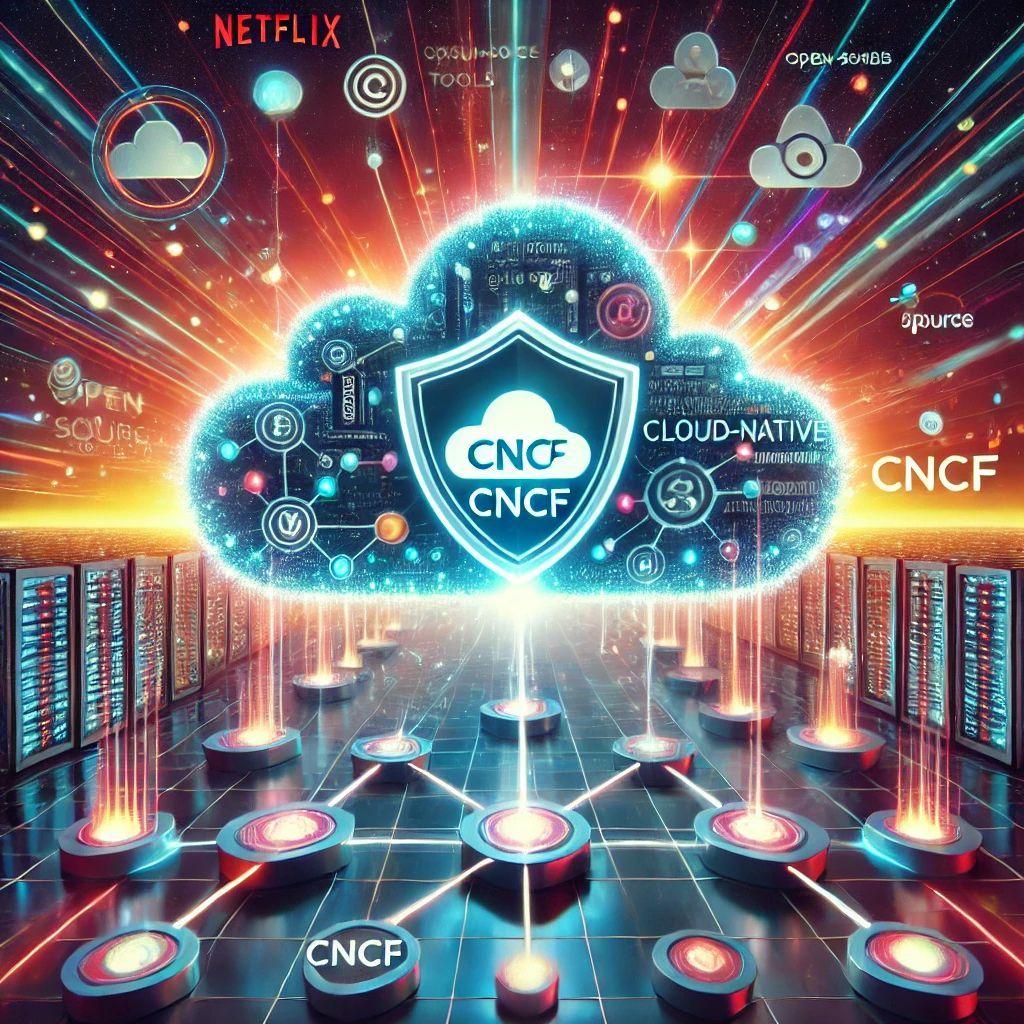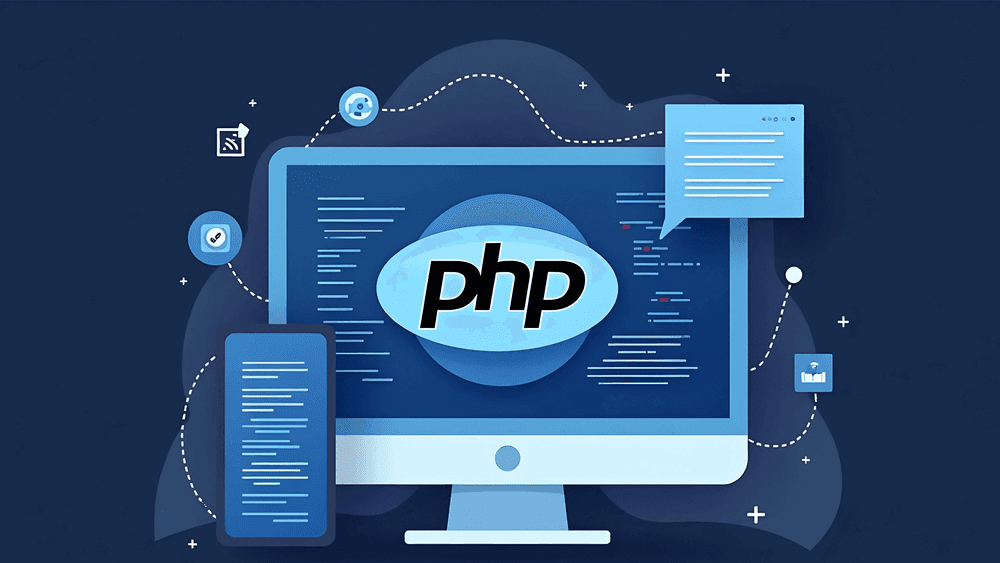Cloud-native environments are the gold standard for modern app development in today’s ultra-connected world. The term “cloud native” is showing up frequently in vendor promotions and news content as an increasing number of organizations, allocate more resources to the cloud and make it a larger part of their overall business strategy. Cloud-native ecosystems have restructured how businesses function from lightning-fast scalability to continuous deployment. But hang on—security in this space isn’t icing on the cake. The lurking cyber threats can breach security, leaving companies scrambling to protect their data and operations and bring even the most robust systems to their knees.
Luckily, we’re not the only ones in this battle. Enter CNCF (Cloud Native Computing Foundation), a leader in creating cloud-native development that is secure, scalable, and efficient, and promoting open-source technologies that augment security in these environments. Companies like Netflix and Airbnb have adopted Cloud-native environments and have changed the way organizations approach security.
In this blog, we’ll explore how CNCF ensures cloud-native environments remain secure, introduce key tools, discuss best practices, and highlight case studies to inspire confidence in this essential ecosystem.

Introduction to CNCF: The Cloud-Native Sentry
What does cloud native mean? In many other technological terms, it has been stated as different things to different people. CNCF was founded in 2015 and operates under the Linux Foundation with a mission to sustain and expand the embracing of cloud-native technologies. CNCF can be projected as the innovator and protector of the cloud-native ecosystem. It governs an array of open-source projects that help organizations build and run scalable applications in modern, vibrant environments such as public, private, and hybrid clouds.
Why does CNCF stand out from the crowd? Because it incorporates security by design into cloud-native environments. Instead of being reactive to dangers, preemptive measures are promoted by CNCF, empowering companies to stay one step ahead of potential vulnerabilities.
Key Security Tools and Projects: CNCF’s Dream Team
CNCF’s armoury is a repository designed to tackle the complications of cloud-native security. Let’s dive into some of its most powerful solutions:
- Open Policy Agent (OPA)
01.
OPA acts as a policy enforcement framework that guarantees everything in your cloud-native setup stands by predefined rules. OPA ensures compliance and security before they wreak havoc.
- Falco
02.
Falco, a CNCF flagship project, is your runtime security guardian like a watchdog. It actively monitors your cloud environment and alerts you in time for any suspicious activity—think of it as a security camera for your workloads. Falco ensures real-time detection and quick response to threats.
- Kyverno
03.
Rejoice, Kubernetes users! Kyverno is a Kubernetes-native policy engine. Within Kubernetes environments, the creation and management of security policies is simplified, ensuring that your configurations are safe and constant across deployments.
- Notary
04.
Worried about image tampering? Container integrity is a serious concern. Notary ensured that only reliable container images are used in your pipelines, safeguarding your environment from tampered or malicious images.
- CIS Benchmarks for Kubernetes
05.
CNCF integrates CIS benchmarks that are best-practice guidelines that help to secure Kubernetes clusters. Organizations can avoid misconfigurations by embracing these benchmarks, a common root cause of vulnerabilities.
A robust security framework is created by these tools collectively that addresses everything from compliance to runtime threat detection.

Implementing Security Best Practices: Proactive Defense
Only half the battle could be won by having the right tools. Let’s talk strategy. To fortify your cloud-native environments, some essential best practices are mentioned here:
- Shift Left Security
01.
Developers and cybersecurity teams are usually met with new challenges as DevOps is rapidly gaining momentum everywhere. Integrate security measures early in the development lifecycle. Threat modeling, a cybersecurity process that uses hypothetical scenarios and policy enforcement at the coding stage, is a good example of shift left security that can help catch vulnerabilities before they escalate.
- Adopt a Zero Trust Model
02.
This Zero Trust model is a security framework that considers every access request as untrusted. So, never trust; always verify. You can enforce secure authentication and identity management across microservices by leveraging CNCF projects like SPIFFE and Spire. According to a report from Gartner Survey, in 2024, 63% of organizations globally will have implemented a zero-trust strategy to handle cloud security.
- Regular Audits and Updates
03.
Cloud security isn’t static. It’s continuously developing with the rise of new threats like ransomware-as-a-service and supply chain attacks. To stay ahead of evolving threats, one needs to regularly audit Kubernetes clusters against CIS benchmarks and update the configurations.
- Monitor and Respond in Real Time
04.
Runtime monitoring is provided by Falco but combining it with other tools like Prometheus for alerts makes sure a swift response to anomalies.
- Automate Security Configurations
05.
Manual processes can open more room for error. Tools like Terraform or AWS CloudFormation and methods like Infrastructure as Code (IaC), can be implemented to automate configuration management and make sure that security settings are consistent across users.
- Prioritize Critical Workloads
06.
All data can’t be created equally. AI-driven optimizations by CNCF allow you to arrange critical workloads, ensuring that important operations remain protected even under stress.

Case Studies: Real-World Wins
- Case Study 1: ABC Corporation
01.
ABC Corporation, a fintech leader, experiences a security breach due to an unsafe Kubernetes cluster. After embracing Falco for real-time monitoring and executing CIS benchmarks, the company witnessed a 65% reduction in security instances. They now discover and resolve threats within minutes instead of hours.
- Case Study 2: eComNow
02.
To manage its dynamic workloads, this e-commerce giant trusted heavily on Kubernetes. They eliminated misconfigurations and automated policy management by integrating Kyverno (a policy engine specially designed for Kubernetes.) For container security, coupled with Notary, they attained zero downtime from configuration-related vulnerabilities.
- Case Study 3: Health Secure
03.
Health Secure is a renowned contract manufacturer specializing in producing pharmaceutical products. While scaling operations, Health Secure faced challenges in maintaining compliance. They ensured data security while achieving regulatory compliance by leveraging CNCF tools like Falco and SPIFFE (Secure Production Identity Framework forEveryone) They set industry benchmarks for their immediate incident response times.
Why CNCF is Your Trusted Buddy
By offering unparalleled innovation and flexibility, the cloud-native world is a double-edged sword and is a vulnerable target for malicious actors. With the tools and practices needed to transform security, CNCF trains organizations to transform security from a vulnerability into a competitive advantage. Companies can proactively safeguard their cloud-native environments by leveraging CNCF projects like Falco, OPA (Open Policy Agent), Kyverno, and adhering to CIS Benchmarks.
Conclusion
The backbone of a successful cloud-native operations is security and it’s indispensable -no longer optional. Organizations empower themselves through CNCF’s tools and best practices to build secure, resilient, and efficient systems. CNCF is always there to support you whether you’re a startup deploying your first Kubernetes cluster or an enterprise managing thousands of microservices.







